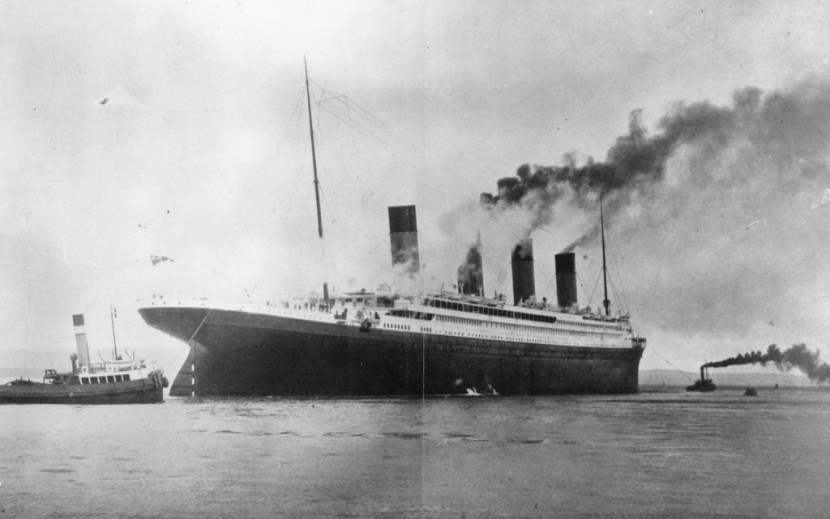
When the Titanic sunk, different conspiracy theories were made to explain the accident that killed thousands of people. A Titanic crash theory indicates that as water inundated the bottom of the RMS Titanic, witnesses saw a display of a bright Aurora.
According to James Bisset, the second officer on the nearby vessel Carpathia, "There was no moon, but the aurora borealis glimmered like moonbeams shooting up from the northern horizon," reported Business Insider.
People know that the RMS Titanic's sinking was prompted after hitting an iceberg in 1912 and it claimed more than 1,500 lives. Now, a new theory is proposed that the ill-fated collision was brought on by glimmering lights in the sky. This is argued by Titanic researcher Mila Zinkova in a new paper entitled the Smithsonian stories.
Mila Zinkova's Study
According to Zinkova, "Most individuals who write about Titanic, they do not know that northern lights had been seen on that evening." She pointed out that charged particles within the photovoltaic storm may have caused an alteration to the ship's compass. "Even when the compass moved just one diploma, it already may have made a distinction" leading to a tragic course, reported Unfold Times.
Basically, the new research suggested that a geomagnetic storm behind the Northern Lights could have disrupted the Titanic's navigation and communications systems, obstructing rescue efforts.
An observer attested that the aurora borealis was very strong above the sinking ship.
Zinkova evaluated weather conditions on the fateful night the "unskinkable ship" sank. In August 2020, the study was published in the journal "Weather."
The same solar storm that produced Northern Lights over the North Atlantic waters where the ship sank may have resulted in equipment dysfunction, according to the Titanic crash theory.
According to James Bisset, second officer of Titanic that responded to the distress calls, the RMS Carpathia, in his log, "There was no moon, but the aurora borealis glimmered like moonbeams shooting up from the northern horizon," reported Mental Floss.
Auroras develop from solar storms when the sun produces high-speed streams of electrified gas that bolt toward our planet. The National Aeronautics and Space Administration (NASA) indicated that as the charged particles and energy intersect with Earth's atmosphere, some travel down magnetic field lines to meet atmospheric gases, glowing green, purple, red, and blue.
The solar storms accountable for this light show could obstruct radio waves and magnetic signals. The interference is theorized to have contributed to the luxury liner's ill-timed demise.
The legend of the night of April 15, 1912 lives on and questions remain regarding the crew's failure to navigate the iceberg in its path while there was remaining time to turn and to avoid colliding.
The aurora's light aided rescuers to spot individuals in the water and lifeboats.
The Carpathia reacted to the ship's SOS signal on the 14th of April in 1912, following the ship's striking with an iceberg. As the Carpathia met with the lifeboats, the sky remained to be glimmering.
Bisset further wrote regarding the Titanic crash theory, "The peculiar atmospheric conditions of visibility intensified as we approached the icefield with the greenish beams of the aurora borealis shimmering and confusing the horizon ahead of us to the northwards."
Related Article: Titanic Artefacts: 12 Most Shocking Things Discovered from the Wreck
© 2025 HNGN, All rights reserved. Do not reproduce without permission.








